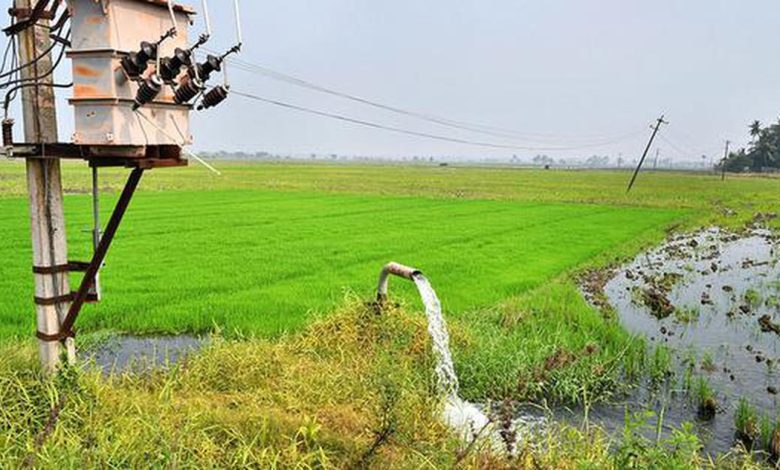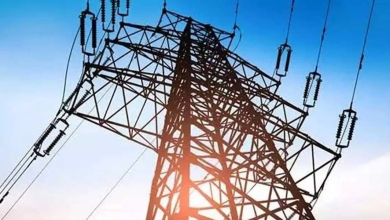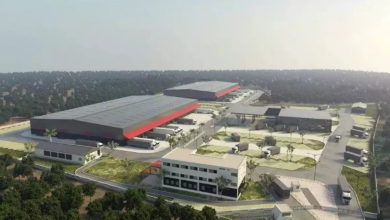Free Electricity for Agri Pumps: Empowering 1.63L Farmers in Nagpur and Wardha

Nagpur Farmers: Agriculture is the backbone of India, and its farmers are the lifeblood. In recent developments, the Maharashtra government has introduced a game-changing initiative that promises to uplift the farming community in the Nagpur and Wardha districts. The CM Baliraj Free Electricity Scheme is poised to bring a wave of relief to 1.63 lakh farmers, ensuring free electricity for agricultural pumps up to 7.5 HP capacity. This initiative, announced through a government resolution (GR), is set to be a beacon of hope for farmers struggling with the rising costs of electricity.
The Significance of Free Electricity for Farmers
Electricity is a critical resource for farmers, especially in regions like Nagpur and Wardha, where agriculture is heavily dependent on water pumps for irrigation. The high cost of electricity has long been a burden on the farming community, making it difficult for them to sustain their livelihoods. The CM Baliraj Free Electricity Scheme is a much-needed intervention that will directly benefit 1.63 lakh farmers, reducing their operational costs and allowing them to focus on improving crop yields.
Breaking Down the Numbers
- Nagpur District: Approximately 90,654 farmers will benefit from this scheme.
- Wardha District: Around 72,558 farmers will receive free electricity.
This initiative will cover a significant portion of the farming community in these districts, offering them a sustainable way to manage their agricultural activities.
Understanding the CM Baliraj Free Electricity Scheme
The CM Baliraj Free Electricity Scheme is not just about providing free electricity; it’s about empowering farmers to achieve more. By reducing the cost of electricity, the scheme aims to increase the profitability of farming, making it a more viable and attractive profession. But what does this scheme entail, and how will it be implemented?
Eligibility Criteria
The scheme is targeted at farmers who own agricultural pumps up to 7.5 HP capacity. This is a crucial detail, as it ensures that the benefits reach those who need them the most – small and marginal farmers who rely heavily on these pumps for irrigation.
Duration of the Scheme
The free electricity scheme is set to last for five years, offering long-term relief to the farmers in Nagpur and Wardha. This extended period is a significant advantage, as it provides farmers with the stability they need to plan and invest in their agricultural activities.
Impact on the Farming Community
The impact of this scheme on the farming community in Nagpur and Wardha cannot be overstated. By removing the burden of electricity costs, farmers can redirect their resources towards other critical areas, such as purchasing better quality seeds, investing in advanced farming equipment, and improving irrigation infrastructure.
Increased Agricultural Productivity
With free electricity, farmers can run their pumps more frequently and for longer periods, ensuring that their crops receive the water they need. This is particularly important in regions where rainfall is unpredictable, and irrigation is the key to successful farming.
Economic Upliftment
The scheme will also contribute to the economic upliftment of the farming community. By reducing operational costs, farmers will be able to save more money, which can then be reinvested into their farms or used to improve their standard of living. Over time, this will lead to a more prosperous and resilient farming community.
Challenges and Concerns
While the CM Baliraj Free Electricity Scheme is a positive step forward, it is not without its challenges. One of the primary concerns is the potential strain on the state’s electricity infrastructure. With a large number of farmers receiving free electricity, there is a risk of overloading the system, leading to power outages or reduced availability of electricity in other sectors.
Sustainability of the Scheme
Another challenge is the sustainability of the scheme. Providing free electricity for five years is a significant financial commitment for the state government. There are concerns about whether the state can maintain this level of support without compromising other essential services or incurring large debts.
Ensuring Fair Distribution
There is also the question of ensuring fair distribution of benefits. The scheme is designed to benefit small and marginal farmers, but there is a risk that larger landowners or those with more resources could find ways to take advantage of the system. The government will need to implement strict monitoring and verification processes to ensure that the benefits reach the intended recipients.
Government’s Response and Measures
The Maharashtra State Electricity Distribution Company Limited (MSEDCL) has been tasked with the implementation of this scheme. According to the MSEDCL, by the end of March 2024, a cumulative of 47.41 lakh agricultural pump consumers across the state will have been provided electricity under this initiative. This is a massive undertaking, and the MSEDCL has outlined several measures to ensure the smooth execution of the scheme.
Infrastructure Upgrades
To address the potential strain on the electricity infrastructure, the state government has announced plans to upgrade the existing power distribution network. This includes the installation of new transformers, upgrading power lines, and enhancing the capacity of substations to handle the increased load.
Monitoring and Evaluation
The government has also put in place a robust monitoring and evaluation framework to ensure that the scheme is implemented effectively. This includes regular inspections, audits, and feedback mechanisms to identify and address any issues that may arise during the implementation process.
How Farmers Can Benefit
For farmers in Nagpur and Wardha, the CM Baliraj Free Electricity Scheme represents an opportunity to enhance their agricultural productivity and improve their overall quality of life. Here are some ways in which farmers can maximize the benefits of this scheme:
Invest in Modern Farming Techniques
With the cost of electricity no longer a concern, farmers can invest in modern farming techniques that require more energy, such as drip irrigation systems, which can improve water efficiency and crop yields.
Diversify Crops
Farmers can also use the savings from reduced electricity costs to diversify their crops. This not only helps in improving soil health but also provides farmers with a safety net in case one crop fails.
Participate in Government Programs
Farmers should stay informed about other government programs that can complement the benefits of the CM Baliraj Free Electricity Scheme. This includes subsidies for seeds, fertilizers, and farming equipment, which can further reduce the cost of farming.
Long-Term Vision: Empowering the Farming Community
The CM Baliraj Free Electricity Scheme is a part of the state government’s broader vision to empower the farming community. By providing free electricity, the government is not just offering short-term relief but is also laying the foundation for long-term growth and sustainability in the agricultural sector.
Building a Resilient Agricultural Sector
In the long run, the success of this scheme could pave the way for more comprehensive reforms in the agricultural sector. By building a resilient agricultural sector, the government aims to ensure that farmers are not just surviving but thriving in a rapidly changing economic environment.
Strengthening Rural Economies
The ripple effect of this scheme will be felt across rural economies. As farmers become more prosperous, they will have more purchasing power, leading to increased demand for goods and services in rural areas. This, in turn, will create jobs and stimulate economic growth in these regions.
The CM Baliraj Free Electricity Scheme is a transformative initiative that promises to bring significant benefits to the farming community in Nagpur and Wardha. By providing free electricity for agricultural pumps, the scheme will help reduce operational costs, increase agricultural productivity, and contribute to the overall economic upliftment of farmers. However, for the scheme to achieve its full potential, it is essential that the government addresses the challenges related to infrastructure, sustainability, and fair distribution. With careful planning and execution, this scheme can be a model for other states to follow, ultimately leading to a more prosperous and resilient farming community in India.
1. Who is eligible for the CM Baliraj Free Electricity Scheme?
Farmers who own agricultural pumps up to 7.5 HP capacity in the Nagpur and Wardha districts are eligible for this scheme.
2. How long will the free electricity be provided under this scheme?
The scheme provides free electricity for a duration of five years.
3. What is the primary benefit of the CM Baliraj Free Electricity Scheme?
The primary benefit is the reduction in electricity costs, which allows farmers to invest more in their agricultural activities.
4. Are there any challenges associated with this scheme?
Yes, challenges include the potential strain on the electricity infrastructure and the sustainability of the scheme.
5. How can farmers maximize the benefits of this scheme?
Farmers can invest in modern farming techniques, diversify their crops, and participate in other government programs to complement the benefits of this scheme.










